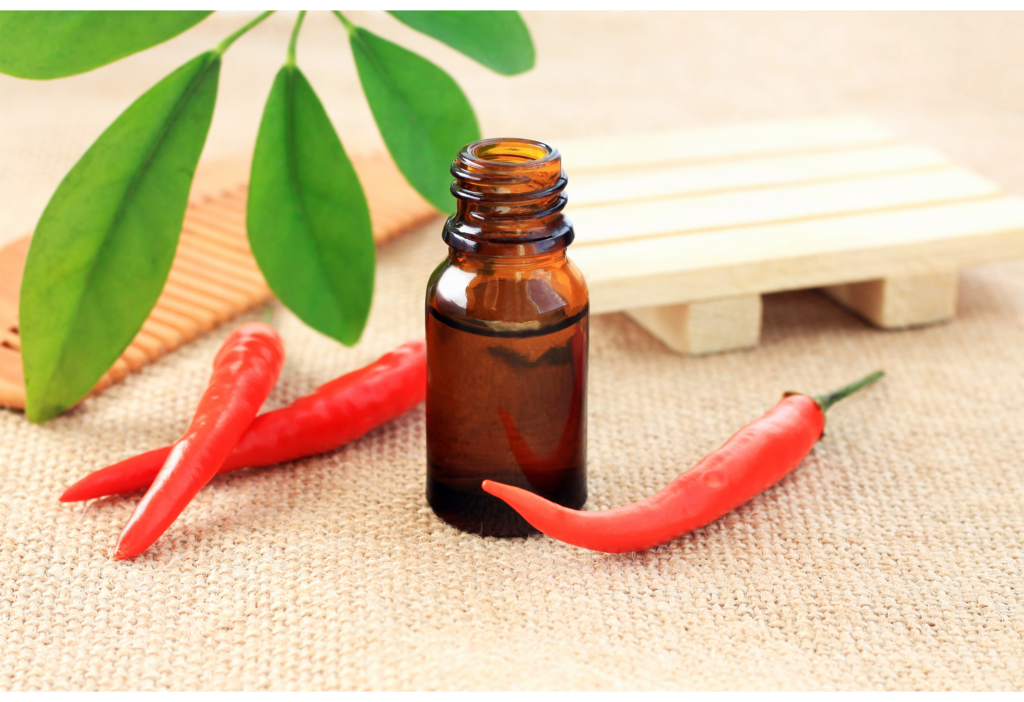Leveraging Extracts To Maximize Traceability & Clean-Label Claims
By Fabio Catone, Sensient Flavors & Extracts, Senior Strategy and Portfolio Manager
As published in the March 2023 issue of Perfumer & Flavorist
Food and beverage manufacturers wisely listened when consumers began questioning long lists of ingredients with hard-to-pronounce chemical names. They realized that a shift toward well-being would create a market for new products and it did. While it started as a niche category, the global clean-label ingredients marketa is expected to grow by 8.65% and hit $32.08 billion in sales by 2026.
Consumers are becoming increasingly discerning regarding their food and beverage products as the market grows. Consumers report ingredient labelsb are a factor more than 70% of the time when they are choosing what to eat and drink. In fact, four in ten consumersc say it’s important to them that a food or beverage includes only a few ingredients and that they want those ingredients to be recognizable. Those polled also said they select food and beverage products with fewer ingredients primarily to support their health, whether that be a “better-for-you” mindset or a desire to avoid unhealthy-sounding chemicals.
Busting the Bland Myth
While health and wellness are top of mind, food and beverage manufacturers will need to do more than swap out ingredients to create a natural palette. In addition to a product profile that answers their concerns about healthy lifestyles, consumers also demand great taste and adventurous flavors. This can take the form of a unique mashup, adding a new spin to a classic flavor, or tapping into global offerings that give a sense of adventure.
How to get there? Natural extracts are a way to meet all of these needs, checking off the boxes for clean labeling, providing unique and desired flavor profiles and farm-to-table traceability.
Bold Flavors and Functional Ingredients on the Rise
As food and beverage manufacturers look to the latest flavor trends to leverage, botanicals and complex heatd are rising to the top. Chili extracts such as habanero, ancho or jalapeño offer manufacturers an opportunity to use spicy ingredients in food and beverages that cannot use traditional formats, such as powders and pieces. These extracts can elevate a mocktail, provide sweet heat to ice cream and other dairy applications, and add complexity to sauces, dressings, marinades and snacks.
On the functional side, ginger continues to gain momentum as a bold, botanical flavor. By sourcing from the native region, extracts like Nigerian ginger provide the traceability consumers want. With fewer citrus notes than Chinese ginger, Nigerian ginger works well in alcohol, brewed drinks, ice cream, seasonings, salad dressings and even dip applications when an earthy, spicy note is desired. Extracts maintain more flavor compounds during processing, enabling manufacturers to deliver a more true-to-botanical taste.
Going Beyond Nutrition
When asked what “clean label” means, consumers rank ingredient source, natural color and flavor and sustainability/fair trade as essential attributes. The words “natural” and “extract” also have a solid appeal to this market segmente and the desire for transparency is only going to grow.
There are multiple factors for manufacturers to consider when aligning new product formulations with clean label standards. While clean label is primarily associated with nutrition, there’s more to it. It also includes the product’s processing level, ingredient sourcing and other elements with a health/wellness focus.
This is where manufacturers must thread the needle carefully. Consumers expect their food and beverages to do more than fuel their activities. They want those products to open windows into new cultures or recall a fond childhood memory and they are looking for manufacturers to offer products that do this without fat, sugar, salt, preservatives and other unhealthy fillers.
Optimizing Resources
Using the right ingredients and working with the right partner is essential for any product formulation. While extracts are well-known for their unique role in creating better-balanced, more consistent flavor profiles, as well as a way to infuse new flavor into products, extracts can provide manufacturers with a wider variety of benefits, including:
- Extended shelf life
- Extended taste performance across a finished good’s shelf life
- Enhanced stability
- Raw-material traceability and screening
- Decreased microbiological concerns compared to dried spices
- Reduced need to add sodium
- Consistent flavor intensity
- Consistent taste profiles through different harvests
- Consistent colors
These qualities show how extracts are a versatile and effective tool, especially when adjusting for volatile supply and demand that can throw off production schedules. Extracts can be stockpiled, for instance, and used in various ways that allow for quick reformulations and faster-to-market product development and delivery. (e.g. if a natural disaster affects the availability of orange juice, it may not have the same impact on orange extract, which uses the rind).
In addition to improving ingredient availability, the stable nature of extracts can also help with shipping and logistics. Extracts don’t require refrigeration and special handling other ingredients may need. Lastly, by extending shelf life, extracts allow manufacturers to maintain quality while taking advantage of available materials and production time to produce larger batches of a product.
What the Future Holds
Once the consumer market has pivoted to a new set of demands, it’s unlikely to change and as the preference toward purposeful consumption and sustainability continues to grow, the importance of natural foods and clean label will remain top-of-mind. For instance, parents who opt for “better-for-you” products are teaching their children what to look for and what to avoid when purchasing foods and beverages.
One area where we can expect to see an increase in clean label products is packaged products as meal occasions continue to shift. Natural extracts can help manufacturers capture and keep this growing market with products that provide taste, color and excitement. And on the production side, extracts bring predictability, durability, and stability, helping to lower costs and provide more opportunities for innovation.
cific.org/media-information/press-releases/2021-food-health-survey/
dissuu.com/shivaniisaxena1998/docs/2023_trends_report-_sept_22_1_.pptx
ewww.euromonitor.com/clean-label-from-health-to-transparency/report
